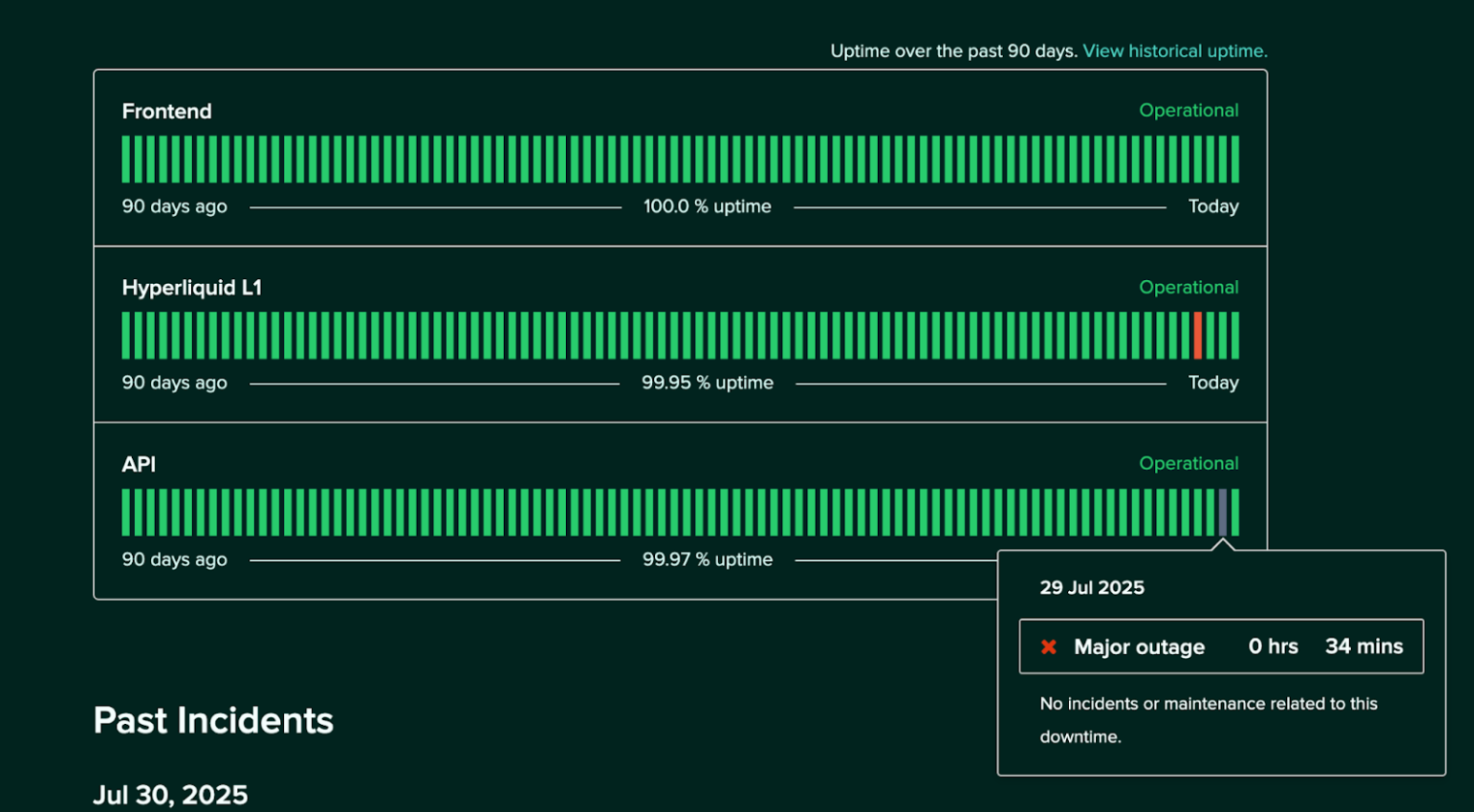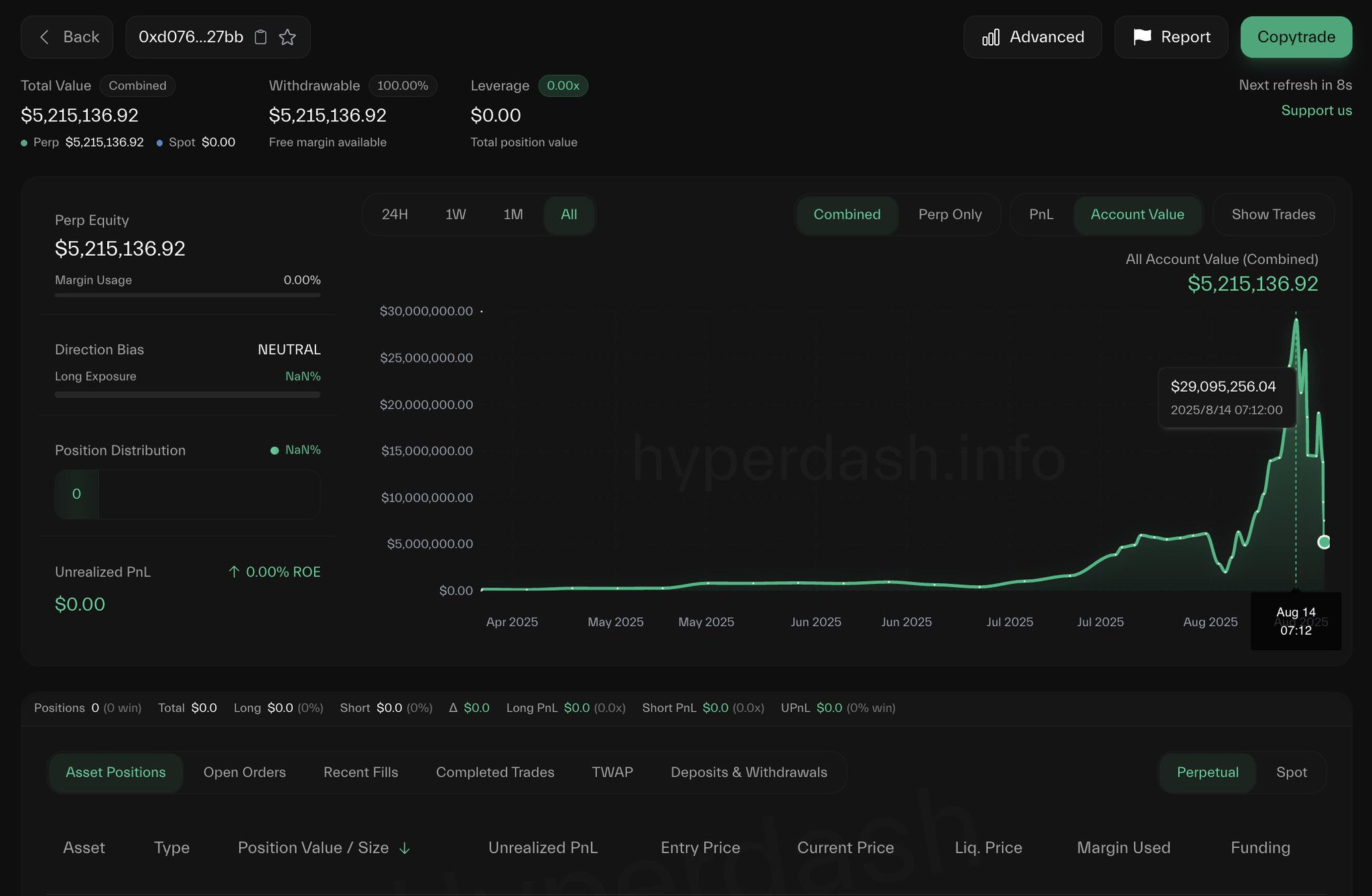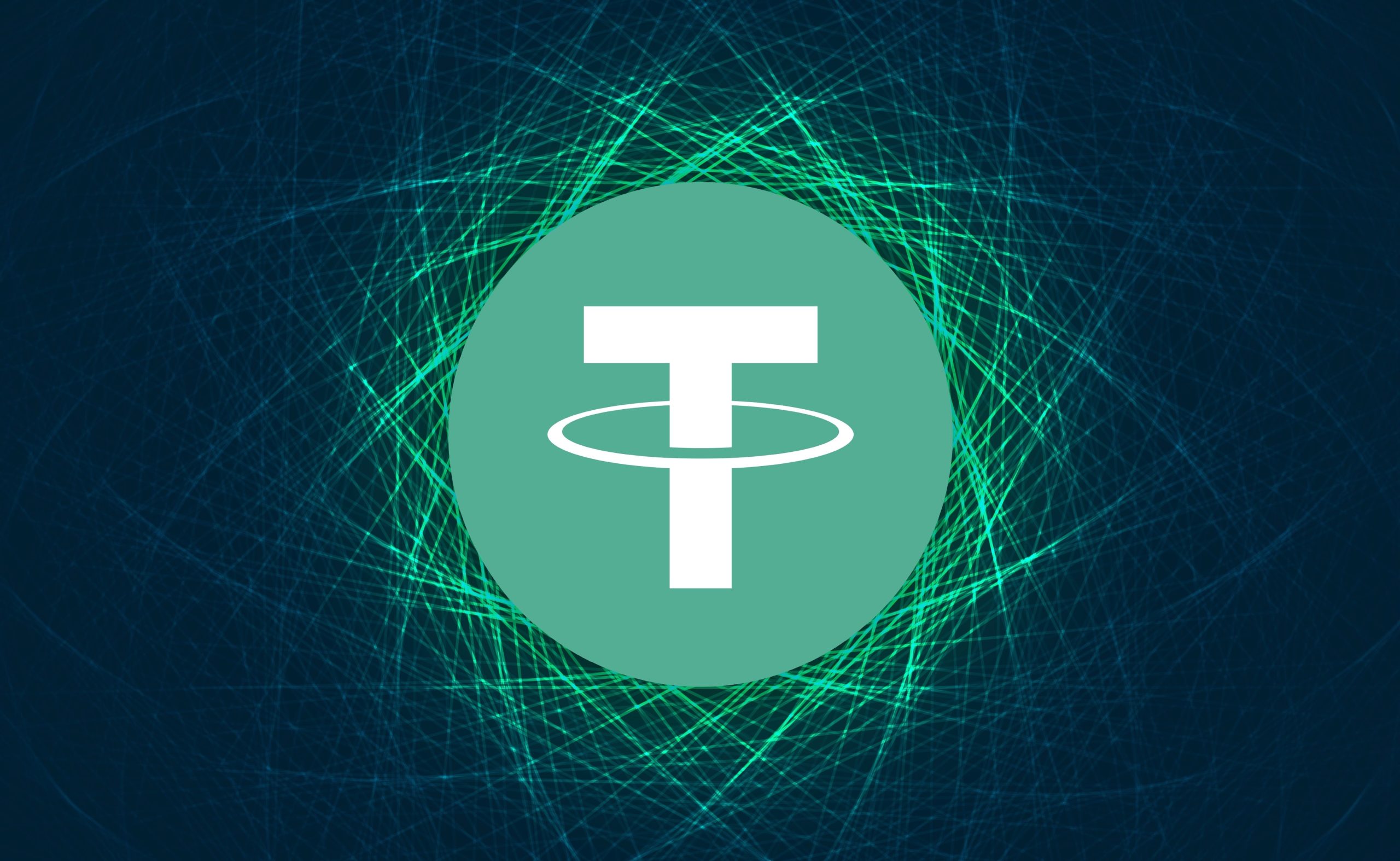Issues of Long-Term Data Storage
Despite its decentralized nature, blockchain is not entirely autonomous. A global catastrophe that leads to a prolonged power outage could jeopardize its functionality. Even if individual nodes have backup power sources, a complete lack of energy on the planet will eventually halt the network. Therefore, humanity faces the following challenges:
- Selecting materials for long-term digital information storage.
- Finding economical models to support such storage systems.
- Considering the ethical aspects of creating eternal blockchains.
Technologies for Long-Term Data Storage
Long-term data storage is a technology that allows information to be preserved for an extended period without maintenance or access to electricity. Examples of such technologies include:
DNA Storage: Artificial fossils containing encoded information in the form of DNA sequences, capable of storing large amounts of data.
Ceramic Nanomemory: Developed by Cerabyte, this technology allows data to be recorded on ceramic plates resistant to high temperatures, radiation, and corrosion. The creators guarantee that the data will remain unchanged or undamaged for at least 100 years, though likely much longer.
Advantages of DNA Storage
With the Human Genome Project’s advancement in 1993, scientists were able to decode the entire human genome. Digital information DNA storage began to develop actively in the early 2000s. Scientists learned to encode digital information into DNA nucleotide sequences, creating systems that allow data to be recorded and read from DNA.
Advantages of such storage include:
- High Storage Density: One gram of DNA can store vast amounts of information, including all BTC blockchain data.
- Durability: Molecular recorders are resistant to high temperatures, radiation, and other adverse effects.
- Miniaturization: DNA molecules are extremely small, allowing large amounts of data to be stored in a compact space.
Advantages of Ceramic Nanomemory
Ceramic nanomemory has its unique advantages:
- Eternal Data: Ceramic plates in ultra-durable hermetic containers become virtually eternal.
- Resistance to External Factors: Data is protected from physical damage, extreme temperatures, and other adverse factors.
- Preservation of History: Future generations will be able to explore our civilization and its technologies.
Conclusion
Creating eternal blockchains can allow us to pass on our knowledge and achievements to future generations or other civilizations. However, before implementing such technologies, it is essential to carefully consider the standards for recording this information and its appropriateness. Combining blockchain technology with long-term data storage methods can ensure the immortality of digital records, accessible even after our extinction.










